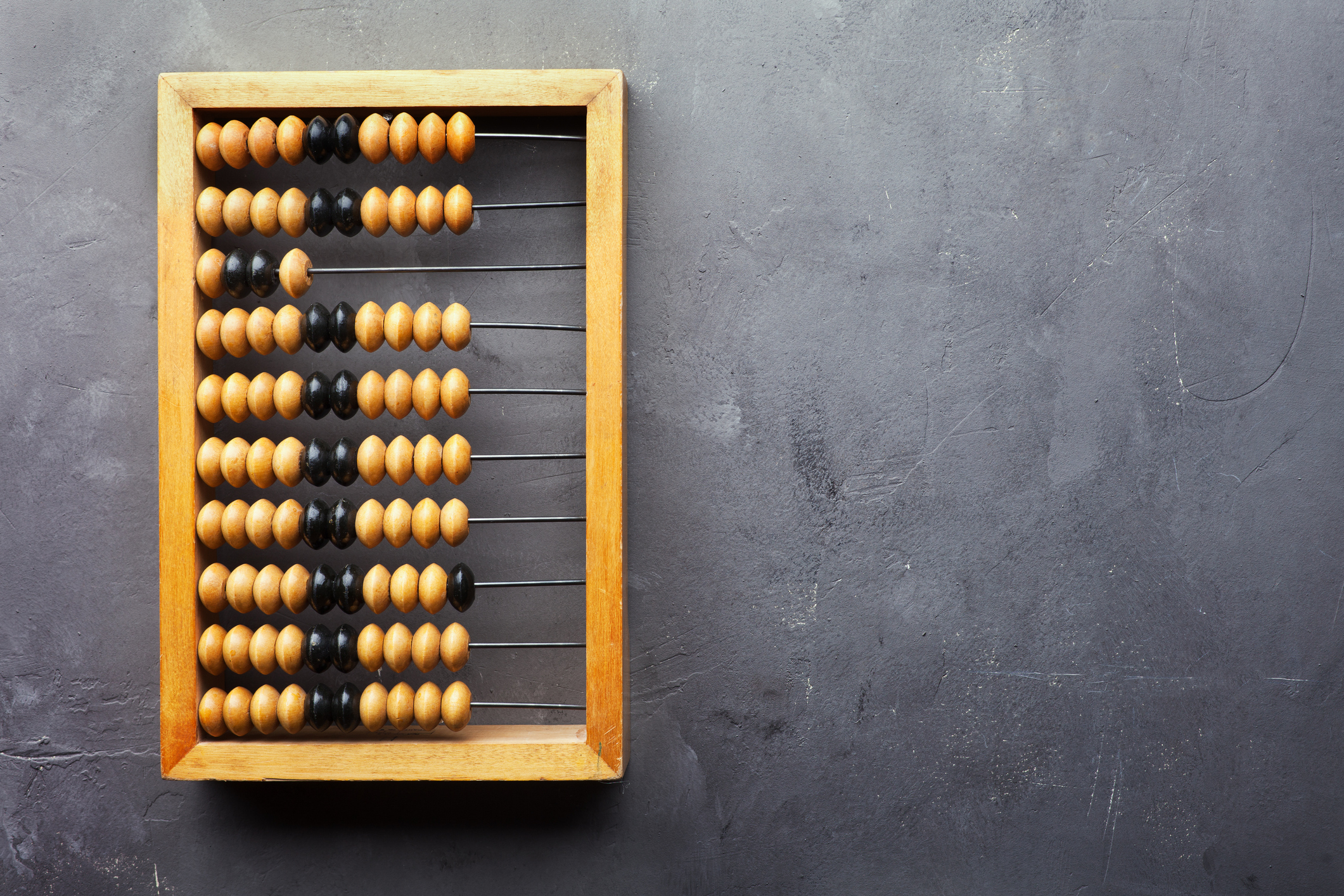How to Make the Most of the Home Sale Gain Exclusion
- Contributor
- Kris Hoffman
Nov 5, 2024
If you’re considering selling your home, there’s good news: you may be able to keep up to $500,000 of your profit completely tax-free, thanks to the home sale gain exclusion. This valuable tax break lets you hold onto more of your hard-earned gains. However, with a few specific rules and requirements involved, understanding how this exclusion works is crucial to making the most of it.
Significant Tax Savings
The home sale gain exclusion allows eligible homeowners to exclude up to $250,000 of gain from their income ($500,000 for married couples filing jointly). The gain is calculated as the difference between the sales price and the adjusted basis of the home. Your adjusted basis typically includes the original purchase price plus any qualifying home improvements. Keeping thorough records of these improvements can help increase your basis, reducing your taxable gain if you sell.
To qualify for the exclusion, you must have owned and used the home as your primary residence for at least two out of the five years before the sale. While the tax code doesn’t precisely define “principal residence,” it generally refers to the place where you spend most of your time and have established legal residency.
This exclusion only applies to your primary residence—not to a second home or vacation property. For example, if you split your time between a summer and winter home, you may need to adjust your living arrangements to ensure the property you plan to sell qualifies as your principal residence.
Important Items to Consider
When it comes to the home sale gain exclusion, here are several important points to keep in mind:
- Two-Year Rule: You can’t claim the exclusion if you’ve already excluded gain on another home sale within the last two years.
- Flexible Timing: The two years of use and ownership don’t have to be consecutive, and the ownership and use requirements can be met in different years.
- Absences and Use Test: Short absences don’t impact the use requirement, but long absences, such as a year-long sabbatical, don’t count as use for the purposes of this test.
- Joint Filers: For married couples filing jointly, the $500,000 exclusion is available if one spouse meets the ownership test, both meet the use test, and neither has claimed the exclusion in the past two years. This is particularly relevant in cases of divorce or remarriage.
- Business or Rental Use: If you’ve used part of the home for business or rental purposes—such as a home office—any depreciation taken after May 6, 1997, must be recaptured and reported as taxable income at a maximum rate of 25%.
Exceptions for Unforeseen Circumstances
If you fail to meet the entire two-out-of-five-year requirement, you may still qualify for a partial exclusion if you sell due to specific unforeseen circumstances. These may include:
- Death
- Health issues
- Divorce or separation
- Job loss
- A job relocation
- Multiple births from a single pregnancy
- Damage from a natural disaster
If your situation doesn’t fit into one of these categories, the IRS will consider the facts of your case. The partial exclusion is prorated based on the portion of the two-year period during which you met the requirements.
Maximizing Your Exclusion Benefits
The home sale gain exclusion can offer substantial tax savings, making it worthwhile to ensure you meet the eligibility criteria. If you’re unsure whether you qualify or want guidance on maximizing this exclusion, our team is here to help. Contact your CRI advisor to discuss your situation and explore how to make the most of this valuable tax break.




























































































































































































































































































































































































































































































